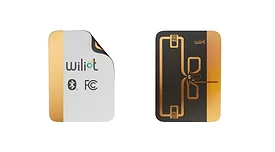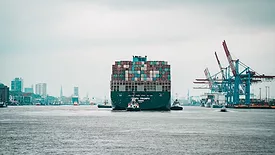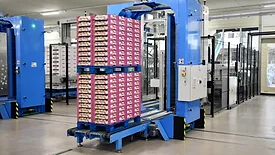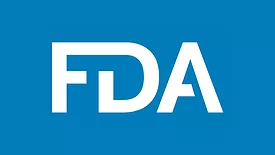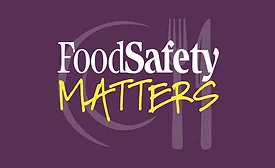Home » traceability
Articles Tagged with ''traceability''
How the Food Traceability Rule Will Impact Food Processors—Part 2
Food processors are certainly aware of FDA's Final Food Traceability Rule, but many are not sure how they will be affected by it
April 10, 2023
How the Food Traceability Rule Will Impact Food Processors—Part 1
What are food processors doing to prepare for compliance with the FDA Food Traceability Rule in 2026, and how do they see it affecting their businesses?
February 6, 2023
Never miss the latest news and trends driving the food safety industry
eNewsletter | Website | eMagazine
JOIN TODAY!Copyright ©2025. All Rights Reserved BNP Media.
Design, CMS, Hosting & Web Development :: ePublishing
